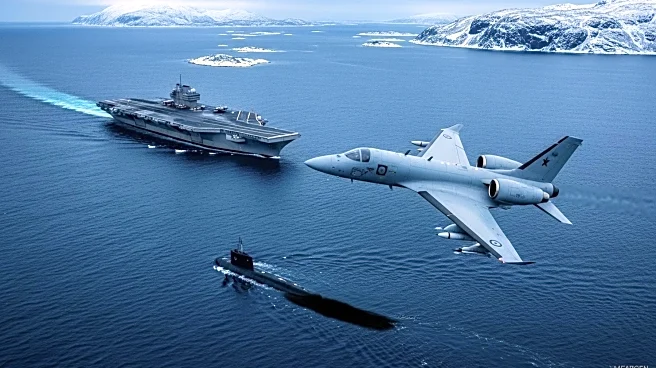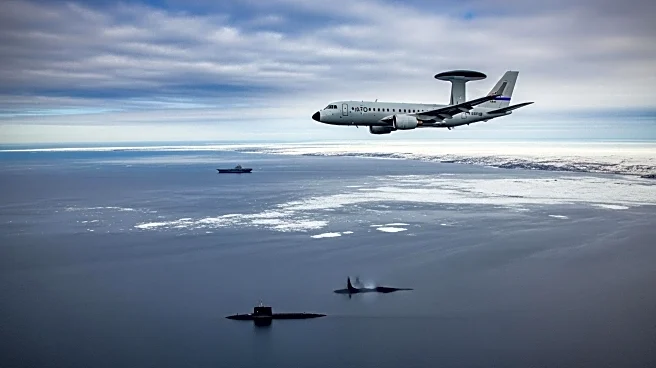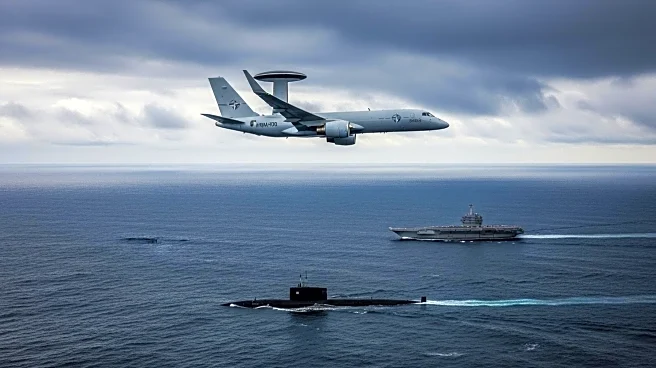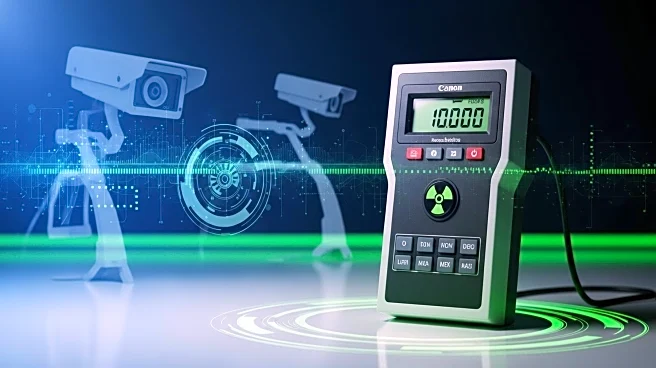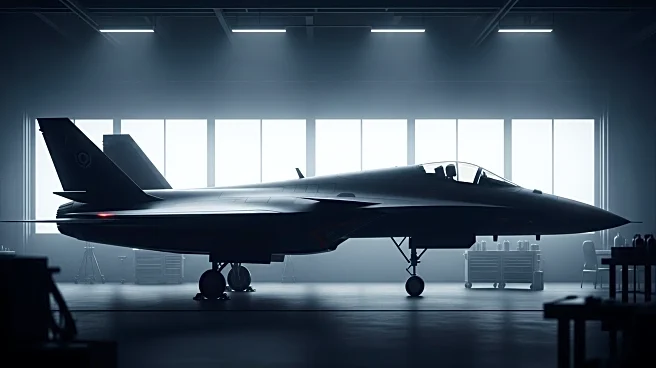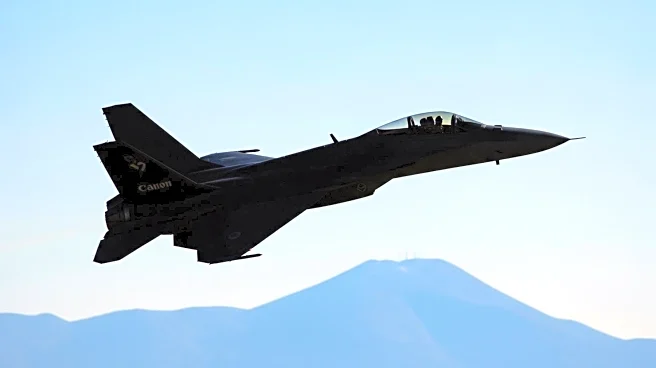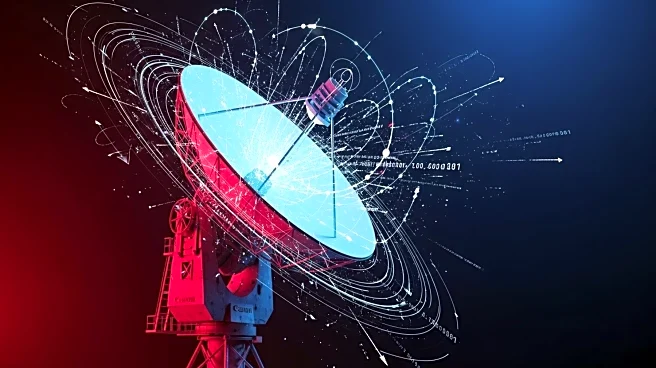What's Happening?
NATO maritime surveillance aircraft have been actively tracking a Russian submarine off the coast of Norway. This operation has gained significant attention due to the proximity of the Russian submarine to the USS Gerald R. Ford, a U.S. aircraft carrier currently conducting joint drills with Norwegian forces in the North Sea. The surveillance effort involves P-8 aircraft from the UK, the U.S., and Norway, which have been saturating the search area near the Ford Carrier Strike Group. The operation is considered highly unusual, with assets diverted from as far as Sicily, indicating a high priority mission. Former Royal Navy Commander Tom Sharpe described the operation as a show of force from NATO, signaling to Russia that its movements are being closely monitored.
Why It's Important?
The tracking of the Russian submarine by NATO aircraft underscores the strategic importance of the North Sea region and the ongoing military tensions between NATO and Russia. The presence of the USS Gerald R. Ford in the area highlights the U.S. Navy's commitment to European security and stability. This operation serves as a deterrent to Russian naval activities and demonstrates NATO's readiness to respond to potential threats. The involvement of multiple NATO countries in the surveillance effort reflects the alliance's unified stance against Russian military maneuvers, which could have implications for regional security dynamics.
What's Next?
The ongoing surveillance and joint drills are likely to continue as NATO seeks to maintain a strong presence in the region. Future interactions between NATO and Russian forces could lead to increased diplomatic tensions, necessitating careful management to avoid escalation. The U.S. and its allies may further enhance their military cooperation and readiness in response to Russian activities, potentially leading to more frequent joint exercises and strategic deployments in the European theater.
Beyond the Headlines
The operation highlights the broader geopolitical contest between NATO and Russia, with implications for international security and defense policies. The use of advanced surveillance technology, such as the P-8's AESA radar, reflects the increasing reliance on sophisticated military assets to monitor and counter adversarial actions. This development may prompt discussions on the ethical and strategic considerations of military surveillance and the balance between deterrence and diplomacy.
